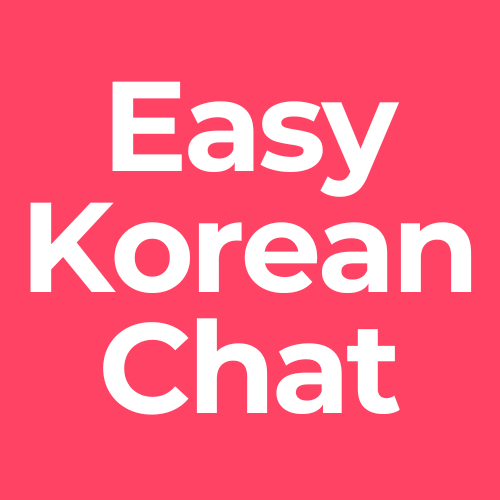
Why Koreans Bow When They Greet: A Deep Expression of Respect
Share
If you visit Korea, you’ll quickly notice that greetings often come with a bow.
It might be a slight nod or a deep formal gesture—but either way, bowing is a language all its own.
In Korean culture, bowing is more than just a habit.
It’s a silent way to show respect, gratitude, apology, or even celebration.
Let’s explore why this simple gesture carries such deep meaning.
Types of Bows and Their Meanings
In Korea, not all bows are the same.
The depth and style of a bow can communicate different emotions or levels of respect.
Here are the main types:
🙇♂️ Simple Nod (인사): A small, polite nod used for casual greetings.
🙇 Deep Bow (90-degree bend, 큰 절): A formal bow, often for elders, weddings, or important ceremonies.
🙇♀️ Seated Bow (앉아서 절): Used in very formal or traditional settings, especially during family holidays or rituals.
💡 The rule is simple: The deeper and slower the bow, the greater the respect.
Bowing in Daily Life and Holidays
Bowing isn’t just for first meetings—it’s woven into daily life.
You’ll see bows in moments like:
Greeting coworkers in the morning
Thanking someone for a meal
Apologizing after a small mistake
Congratulating elders during Chuseok (Korean Thanksgiving) or Seollal (Lunar New Year)
During Seollal, children bow deeply to elders and say “새해 복 많이 받으세요” (Wishing you lots of blessings in the new year!), receiving good wishes—and sometimes small gifts in return!
💡 Even in casual situations, adding a light bow to a hello or goodbye shows warmth and sincerity.
The Respect Hierarchy in Action
Bowing is a perfect example of Korean social hierarchy in daily life.
In Korea:
Younger people bow first to older people.
Employees bow first to supervisors.
Students bow first to teachers.
It’s not just about age—it’s about acknowledging another person’s experience, status, or kindness.
Even when you meet someone for the second or third time, a respectful nod or slight bow keeps relationships smooth and positive.
💡 Respect isn’t just felt—it’s physically shown through small, everyday actions.
A Simple Bow Carries Deep Meaning
In Korea, a bow isn’t just about following manners.
It’s a heartfelt way to express respect, connection, and gratitude—without saying a word.
Whether it’s a tiny nod to a neighbor or a deep bow to a grandparent, these gestures create invisible bridges of trust and kindness.
📩 Subscribe to our newsletter
Want to explore more about Korean culture, daily life, and language?
Get weekly insights delivered straight from Korea to your inbox!
